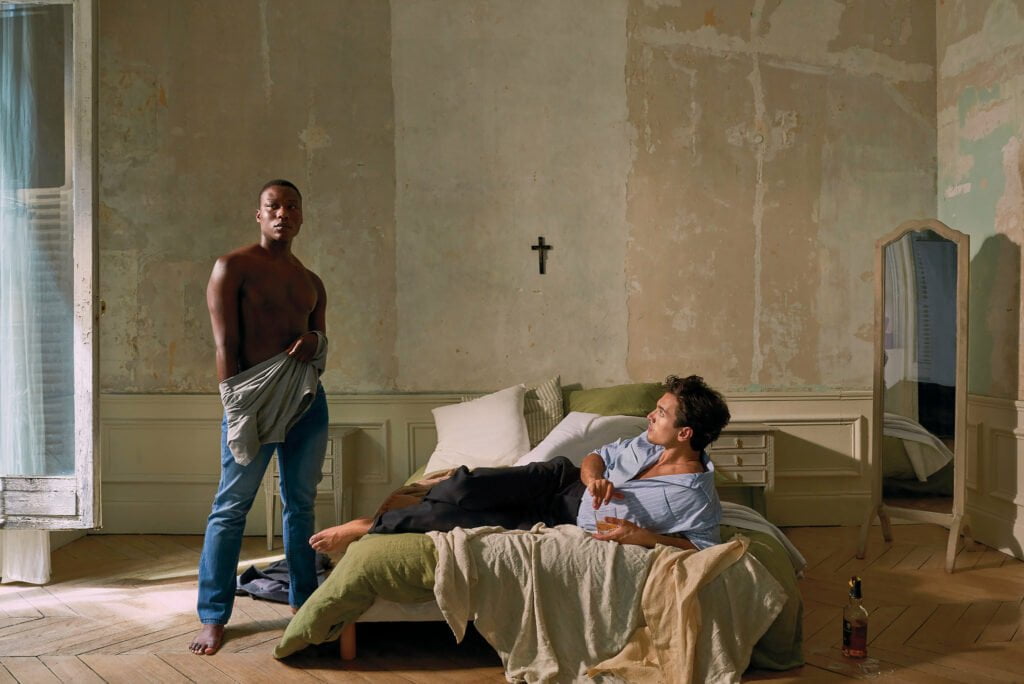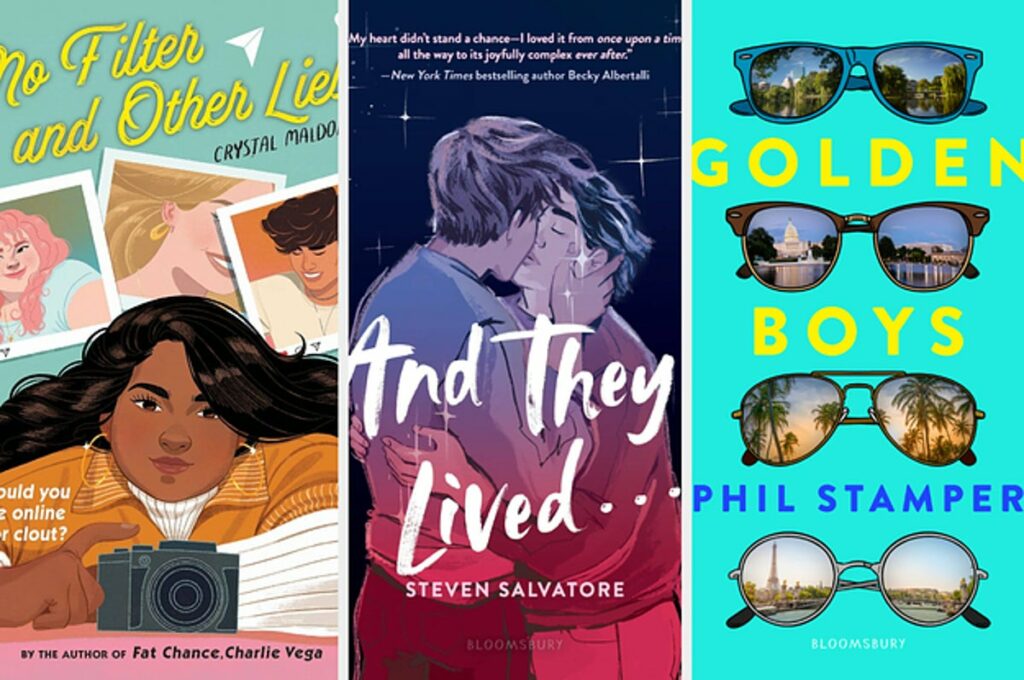The Young Adult genre is taking today’s literary landscape by storm, continuing to grow in popularity by a 60% increase in sales between 2019 and 2020. The genre has made the jump from a starting point of 5 million copies sold in a quarter of a year. While the genre itself is aimed at teenagers, with the majority of the stories being about teenagers themselves, over 55 per cent of YA readers are above the age of 18, making it the predominant genre read by the masses today. Book bloggers on Instagram (Bookstagram) and TikTok (BookTok) flaunt their colour-coded array of paperbacks and hardcovers with homogenised cover designs.
The overwhelming surge of best sellers flooding the market soon begins to blur into one as audiences race to meet their Goodreads reading challenges, as is the staple in online reading communities. At the same time, the writers themselves scramble to pen and publish their respective sequels. This competitive and consumerist nature that reading has taken on today, particularly within the YA circles, is worth scrutinising. The fast-paced nature of the production and consumption of YA brings the quality of the work, and the reader’s engagement with it, into question. There is no “right” way to read, but there are always better and more beneficial ways.
Mainstream authors today, especially those with a social media presence, would prefer to sit out the authorial condemnations carried out by anonymous users online that feign superiority by virtue of the moral purity they have attained by solely consuming media deemed “good” by the Internet.
“Filling the Gap” or erasing the past?
A recent avenue YA authors have taken is crafting a sub-genre of queer literature in a market formerly dominated by primarily heterosexual narratives of love triangles and forbidden romances, such as Twilight or Divergent. There are countless Instagram reels and TikToks by accounts dedicated to sharing their love of literature that one may come across, listing “essential” queer reading as The Seven Husbands of Evelyn Hugo by Taylor Jenkins Reid or Heartstopper by Alice Oseman and other recent titles.

Few of these book bloggers mention or acknowledge the existence of Orlando by Virginia Wolf, Giovanni’s Room by James Baldwin, and other queer classics by literary greats, obscuring them from a new generation of queer youth unless to paint them as pretentious or “problematic” for certain dubious elements within the text or in the author’s personal life, and thus indicating them to be pointless to read as a socially conscious individual from the 21st century.
This is not to say one must replace the other or to imply that older works are without criticism, but to say that we are witnessing an active erasure of queer history in perpetuating modern works as “filling a gap” in the literary canon of queer literature when there has been a multitude of contributions to the category in the past by queer writers who have lived radical lives against the principles of their time. If active readers within the community are not the ones to preserve and promote these queer literary classics, are we to permit them to be lost to the churn of time?
While it isn’t inherently fruitless to write or read self-indulgent “fluff” fiction, it is counterproductive to put forward simple narratives with queer characters and frame them as “revolutionary” when they lack any investigations into queerness which could be of merit to audiences and critics alike. The preferred reads for today’s generation, both generally and within queer circles, can be characterised as easy-to-read, having simple prose and premises with few flaws in their moral and political standings by modern standards, which their audience generally hold an antecedent approval towards and leave the experience with a sense of satisfaction at imbibing the appropriate thinking through their media consumption.
Saying what sells
Art should not be beyond criticism of its diverse quality in representing marginalised groups, particularly the LGBTQ+ community within this context. When placed under the scrutiny of literary analysis, many of the contributions young adult has made to queer literature fall short in providing the original and unique storytelling familiar to fiction at large and often struggle to grasp the nuances and complexities of one’s queer identity, even in stories that are centred around it. YA authors seem more interested in saying what sells, ensuring every dialogue looks good enough in isolation, regardless of context, to be Instagrammable.
The leading examples of queer literature today are guided by the instinct to create stock images of queer identities to tick a box on a list, to create near un-empathetic portrayals of queer characters where their individuality beyond their identities is lost.
Most popular YA authors fall victim to this mentality in their works, with writers such as Alice Oseman, in her aforementioned Heartstopper, affirming the queer identities of her characters through on-the-nose dialogue such as “Well… you could be bisexual? Or something else! There are lots of sexualities other than gay and straight. Anyway, you don’t have to work it out, like, immediately. I didn’t just wake up one day like, ‘Oh look, guess I’m gay now!‘” In Taylor Jenkins Reid’s The Seven Husbands of Evelyn Hugo, an actress from the 80’s retorts, “Don’t ignore half of me so you can fit me into a box. Don’t do [it],” when another character assumes she is a lesbian, as opposed to bisexual, due to her coming forward with her same-sex attraction. In both instances, realistic dialogue and queer complexity take a backseat to straightforward “politically correct” statements.
Bad faith engagement
Considering their audience demographic is a generation whose media literacy stems from tenants they have internalised through their extended exposure to social media, it is prevalent to make bad faith interpretations and engagements over others.
Mainstream authors today, especially those with a social media presence, would prefer to sit out the authorial condemnations carried out by anonymous users online that feign superiority by virtue of the moral purity they have attained by solely consuming media deemed “good” by the Internet. This leaves us with an influx of literature lacking in depth and multidimensionality by authors who fear taking the wrong step in their quest for cookie-cutter representation.

Audiences are spoon-fed their meanings from media, making it easier for primarily heterosexual writers to spell out their vetted and accepted liberal principles in big, bold letters accompanied by poorly hammered queer love stories in their books to cash in a check. They know they will receive praise from an underrepresented demographic on the Young Adult shelves, and it is a preferable outcome to running the risk of failure over aiming too high in capturing the emotional nuances of the complex subject matter they have chosen to write.
The cost of market on art
The leading examples of queer literature today are guided by the instinct to create stock images of queer identities to tick a box on a list, to create unempathetic portrayals of queer characters where their individuality beyond their identities is lost.
With the commercial and cultural success of novels such as these, one can’t help but question the literary and socio-political merits of the genre. Do queer audiences and writers not deserve to partake in a more diverse ballpark when it comes to depicting their stories and identities in literature, or are we to reduce our narratives to simple satiation of our moral values and beliefs reflected on the page without question?
About the author(s)
Tanya Roy is a 20-year-old student at FLAME University in Pune, with a major in Film & Television Management and a minor in Literary & Cultural Studies. She is interested in critiquing and analysing art in its different mediums through a feminist lens and is an avid reader of feminist and other sociocultural theories.






I am absolutely elated and was happy reading throughout the well drawn article . Loved it.
Thank you so much!